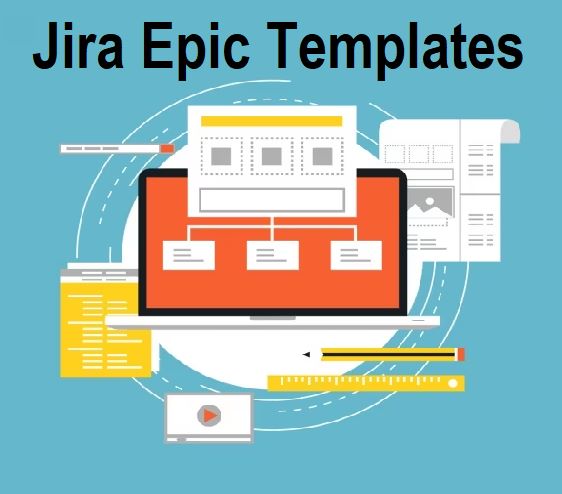Agile project management has revolutionized the way teams collaborate and deliver projects. In the Agile framework, breaking down projects into manageable pieces is key, and Jira Epics play a crucial role in this process. If you’re just starting with Agile or Jira, this guide will walk you through the basics, using simple language to demystify the concepts of Epics and Stories.
Introduction to Agile and Jira Epics
Agile methodology emphasizes flexibility, adaptability, and customer satisfaction. Jira, a popular project management tool, helps teams implement Agile principles efficiently. An Epic in Jira is a large body of work that can be broken down into smaller tasks or user stories. Think of it as the overarching theme of your project.
Jira Epics: The Foundation of Agile Planning
In Jira, creating an Epic is the first step to organize and plan your project. It acts as a container for related stories and tasks. To create an Epic in Jira, follow these simple steps:
a. Log in to Jira
b. Navigate to your project
c. Click on ‘Issues’ and select ‘Epics’
d. Click ‘Create Epic’ and fill in the details
Understanding Epics, Stories, and Tasks
a. Epic: The Big Picture
An Epic is a high-level overview of a project, defining its scope. It’s like the chapters of a book, giving you a broad understanding of the story.
b. Story: Breaking it Down
A Story, within an Epic, represents a user-centric feature or functionality. It’s a more detailed piece of the puzzle, comparable to a chapter in a book.
c. Task: The Nuts and Bolts
Tasks are the smallest units in Agile. These are the individual to-dos that, when completed, contribute to completing a user story. Picture them as the sentences within a chapter.
User Stories and Acceptance Criteria
a. User Stories Template
A user story follows a simple template: “As a [type of user], I want [an action] so that [benefit/value].”
b. Acceptance Criteria in Jira
Acceptance criteria define the conditions that must be met for a user story to be considered complete. These are the specific expectations that help ensure the functionality aligns with stakeholder needs.
Agile Stories Template
a. Agile Epic Template
In an Agile context, an Epic template might include fields for Epic Name, Summary, Description, and possibly a rough estimate of the effort required.
Agile Workflow: From Epic Creation to Task Completion
Understanding the flow from creating an Epic to completing tasks is essential. Utilize Jira’s boards to visualize the progress of your Epics, Stories, and Tasks. This transparency enhances communication and collaboration among team members.
Tips for Efficient Agile Project Management in Jira
a. Regularly update your board
b. Prioritize and re-prioritize tasks as needed
c. Keep communication channels open
d. Use Jira Reports for insights
Conclusion: Mastering Jira Epics for Agile Success
Jira Epics are the backbone of effective Agile project management. By breaking down work into Epics, Stories, and Tasks, teams can efficiently plan, execute, and deliver value to stakeholders. Use the templates provided in Jira to streamline your process, and remember, Agile is a mindset — adapt, collaborate, and deliver!

